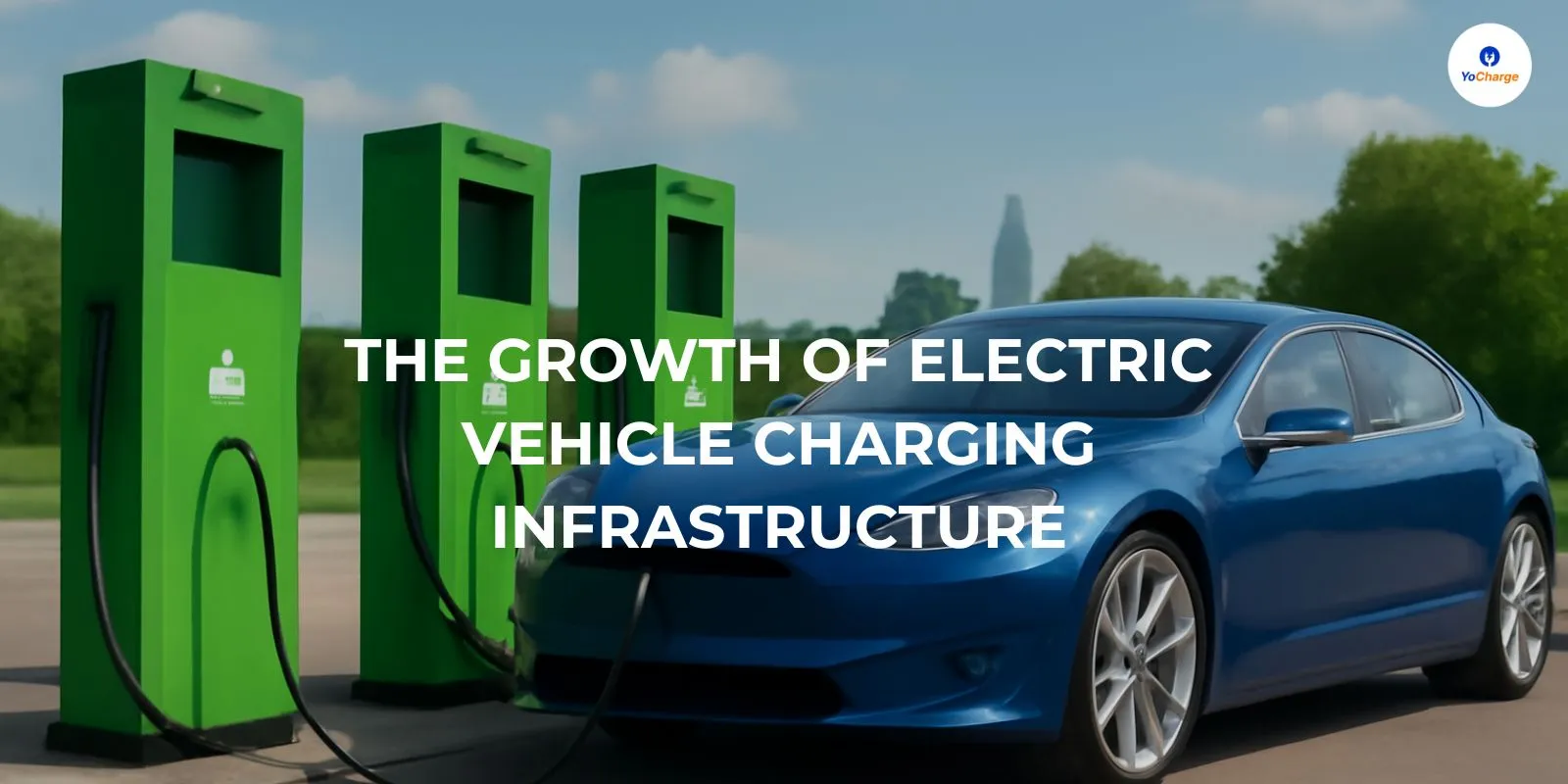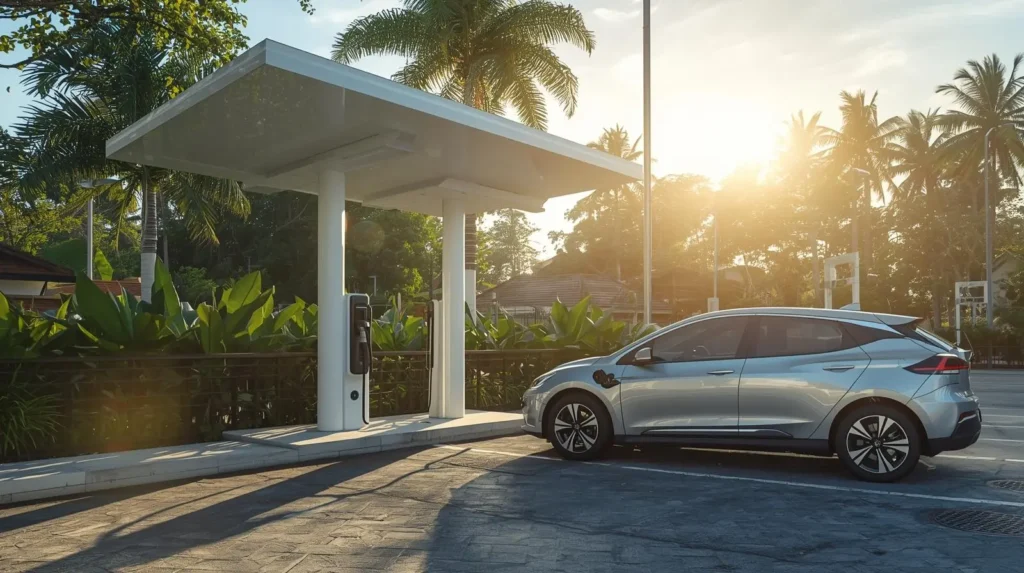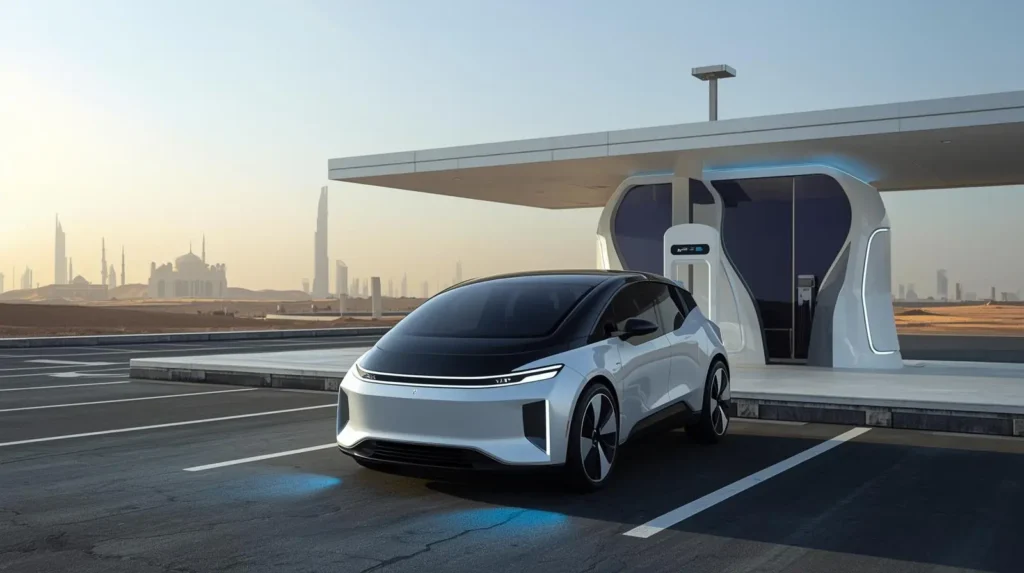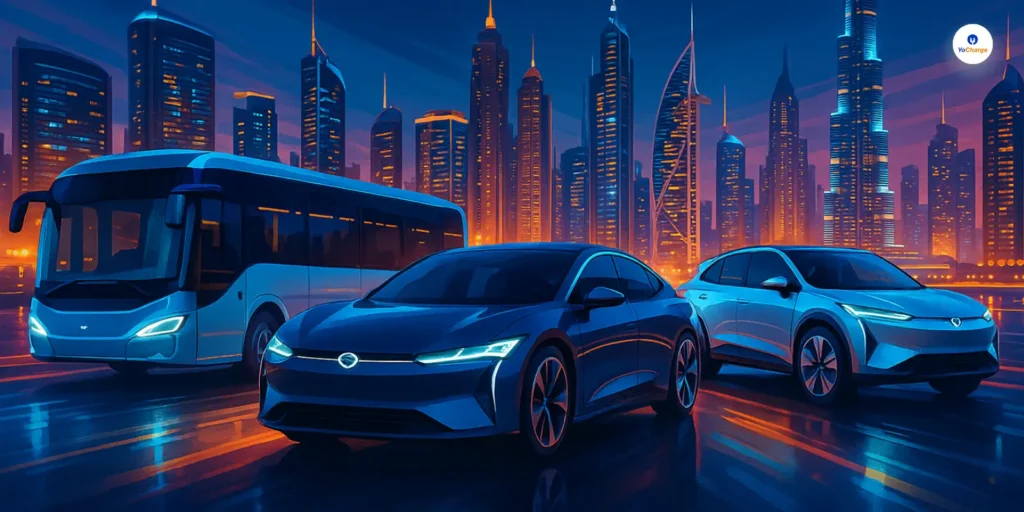
Electric Vehicle Charging Infrastructure: The world is making a major shift toward electric vehicles (EVs) to reduce pollution and reliance on fossil fuels. One of the key elements of this transition is the availability of charging stations.
These stations allow drivers to power their EVs and keep them on the road. As more people choose electric vehicles, the demand for accessible and reliable charging infrastructure is increasing.
The Surge in Public Charging Stations
In recent years, the number of public electric vehicle charging stations has skyrocketed. Since 2022, the number of public charging points has more than doubled.
By 2024, there were over 5 million charging points available worldwide. This rapid growth is essential for encouraging more people to switch to electric vehicles.
In 2024, over 1.3 million public charging points were added to the global stock, which is a 30% increase from 2023. This increase is nearly equal to the total number of charging points available in 2020.
Much of this growth has been in China, which now has the majority of the world’s charging infrastructure. China is home to around 65% of the world’s public charging stations and 60% of electric vehicles.
Europe’s Electric Vehicle Charging Infrastructure Expansion
Europe has also seen significant growth in its public charging network. In 2024, the number of charging points in Europe grew by 35%, reaching over 1 million. The growth in the number of charging points varies from country to country.
For example, the Netherlands has the largest network of chargers in Europe, with more than 180,000 charging points. Germany and France follow with 160,000 and 155,000 charging points, respectively.
One important factor driving this growth is the European Union’s new regulations, which require the installation of fast-charging stations along major roads by 2025.
These fast-charging stations must have a power output of at least 150 kW. This regulation will ensure that more EV drivers can find a charging station when they need it, especially during long road trips.
Also Read: Rise of Electric Car Sales in Emerging Market of Asia, Latin America, & Africa
The United States and India: Electric Vehicle Charging Infrastructure
The United States is also investing heavily in charging infrastructure. In 2024, the U.S. added about 20% more public charging stations, bringing the total to just under 200,000. However, the rollout of charging stations has faced some challenges.
The U.S. government’s National EV Infrastructure Program allocated $5 billion to fund fast chargers along major highways, but only a small portion of this money has been spent.
India has also made progress in expanding its charging network. In 2024, India added about 40,000 new public charging points.
The government allocated $240 million to charging infrastructure as part of its PM E-DRIVE scheme. This funding is expected to help install more chargers in urban centers and along busy transport corridors.
The Role of Fast and Ultra-Fast Electric Vehicle Charging Infrastructure
As electric vehicles become more popular, the demand for faster charging options has grown. Fast chargers, which can deliver power outputs between 22 kW and 150 kW, allow drivers to charge their vehicles more quickly than standard slow chargers.
Ultra-fast chargers, which deliver over 150 kW, are even faster and can recharge an EV in just 15 to 30 minutes.
In 2024, the global stock of fast chargers reached 2 million, with ultra-fast chargers accounting for about 10% of that total.
China has been a major player in the expansion of fast-charging infrastructure, with 80% of global fast chargers located there. Europe and the United States are also investing in fast and ultra-fast chargers to meet the needs of EV drivers.
The Future of Electric Vehicle Charging Infrastructure
Looking ahead, experts predict that the number of public charging stations will continue to grow rapidly. In China, for example, the number of charging points is expected to more than triple by 2030, with a focus on increasing the share of fast chargers.
Europe will also see its charging network double by 2030, with a larger portion of the network being made up of fast chargers.
In the United States, the number of charging stations is expected to increase significantly as well.
By 2030, the U.S. is expected to have over 500,000 public charging points. This growth is crucial for making electric vehicles more practical for everyday use, especially for long-distance travel.
Also Read: Electric Car Sales in the United States
Why Is Electric Vehicle Charging Infrastructure Important?
The availability of charging stations is one of the biggest factors influencing the adoption of electric vehicles. Without enough charging stations, people may be reluctant to switch from traditional gasoline-powered cars to electric ones.
Charging infrastructure not only supports the growth of the EV market but also ensures that drivers feel confident in their ability to charge their vehicles when needed.
In conclusion, the expansion of electric vehicle charging infrastructure is vital for the success of the transition to electric mobility.
As more countries invest in charging networks and fast chargers, the world will be better equipped to handle the growing number of electric vehicles on the road. This will help reduce carbon emissions and promote a cleaner, more sustainable future for everyone.
Source: Global EV Outlook 2025



